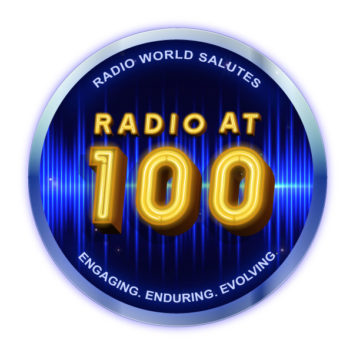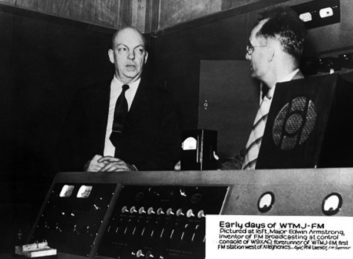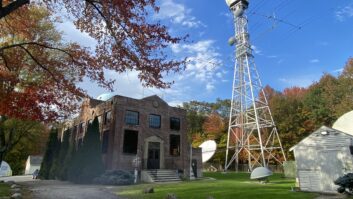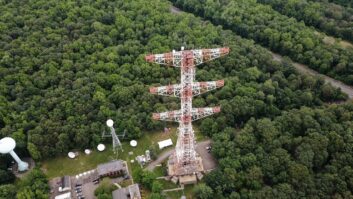The author is with the National Inventors Hall of Fame.
 Although today’s listening experience tends to be dominated by streaming services, radio remains a critical foundation for disseminating sound. Radio has evolved over the past century to expand its reach and its offerings. The portable transistor radio may exist more as a relic than as an everyday item, but in its place are options like satellite radio and smartphone-enabled apps that will still play your favorite stations.
Although today’s listening experience tends to be dominated by streaming services, radio remains a critical foundation for disseminating sound. Radio has evolved over the past century to expand its reach and its offerings. The portable transistor radio may exist more as a relic than as an everyday item, but in its place are options like satellite radio and smartphone-enabled apps that will still play your favorite stations.
Historically, there was a major boom in demand for radio access following World War I and then during and after World War II. In addition to newspapers, radio played a leading role as a source of trusted information for the public. As radios became more common among households, more family-oriented programming also developed and became a popular form of entertainment.
[Visit Radio World’s Radio@100 Page for Related Articles]
In the 1950s, radio stations were competing with the emergence of television and began expanding their musical broadcasts to include varieties like rock ‘n’ roll. Disc jockeys, or DJs, became a go-to source for many young people, leading to the rise of new music and genres that reached listeners everywhere.
While many of us are accustomed to radio as a common fixture, it took the creativity of people like National Inventors Hall of Fame (NIHF) Inductees Edwin Howard Armstrong and William Lear to help us reach this point.
In celebration of the 100th anniversary of the invention of the radio this November, we invite you to read more about the lives of these remarkable innovators.
Edwin Howard Armstrong — FM Radio

From a young age, Armstrong often tinkered with inventions and quickly developed a strong interest in studying circuits. By his third year of college at Columbia University, he had invented the regenerative circuit. During World War I, Armstrong served in the U.S. Army Signal Corps laboratories in Paris, where he invented the superheterodyne circuit to amplify weak, high-frequency electromagnetic waves.
By 1933, Armstrong had developed a solution to the problem of eliminating radio static. His new system varied radio wave frequency over a wide band of frequency rather than a narrow band. This wide-band frequency modulation (FM) improved radio signals and allowed for newly static-free broadcasting.
William Lear — Car Radio
William “Bill” Lear had a prolific invention career. Though he only completed formal education until the eighth grade, Lear went on to join the U.S. Navy at age 16, where he would learn radio electronics. Following World War I, he used his training to launch his own company that sold and repaired radios. With his company he developed the first practical automobile radio, which included a non-battery home radio receiver with a built-in speaker.
In 1924, he sold the rights to the radio so that it could be produced on a larger scale. Galvin Manufacturing Corp., later called Motorola Inc., purchased the rights and the car radio became the company’s first major product. Lear continued to invent throughout his life, most notably founding Learjet, which became the leading supplier of corporate jets in the 1960s.
Thanks to the radio innovations developed by Armstrong and Lear, people everywhere have gained better access to information and entertainment.







